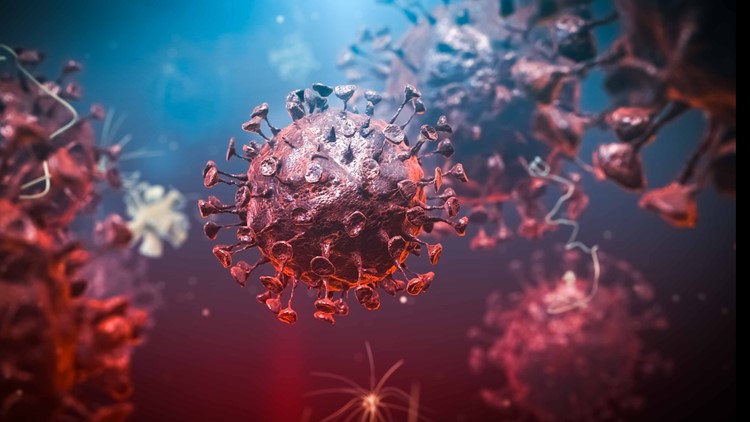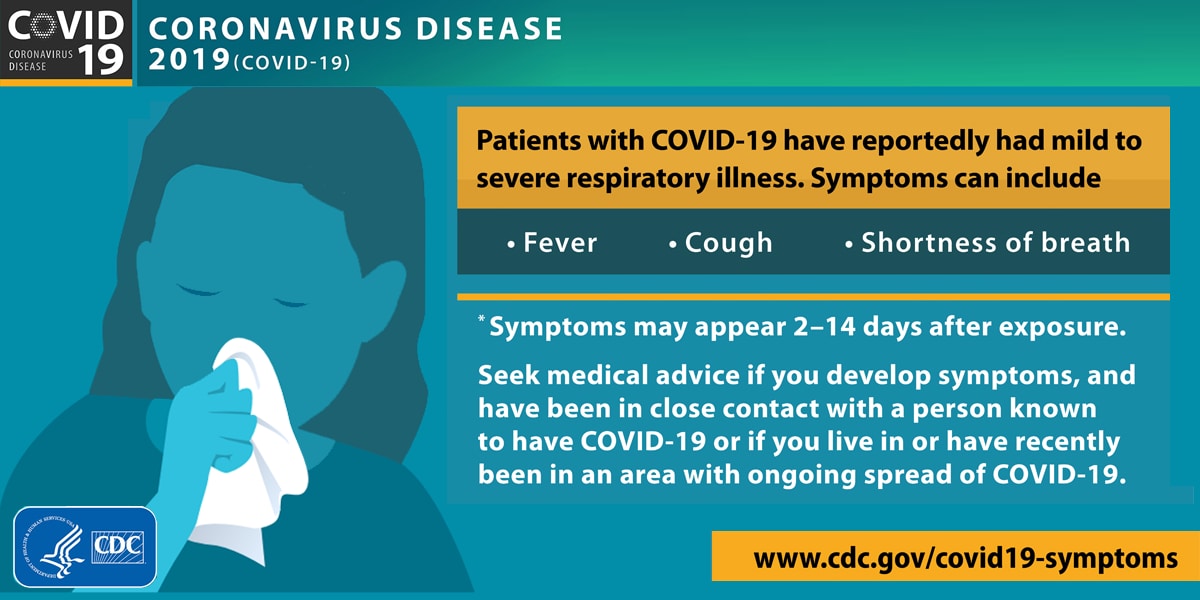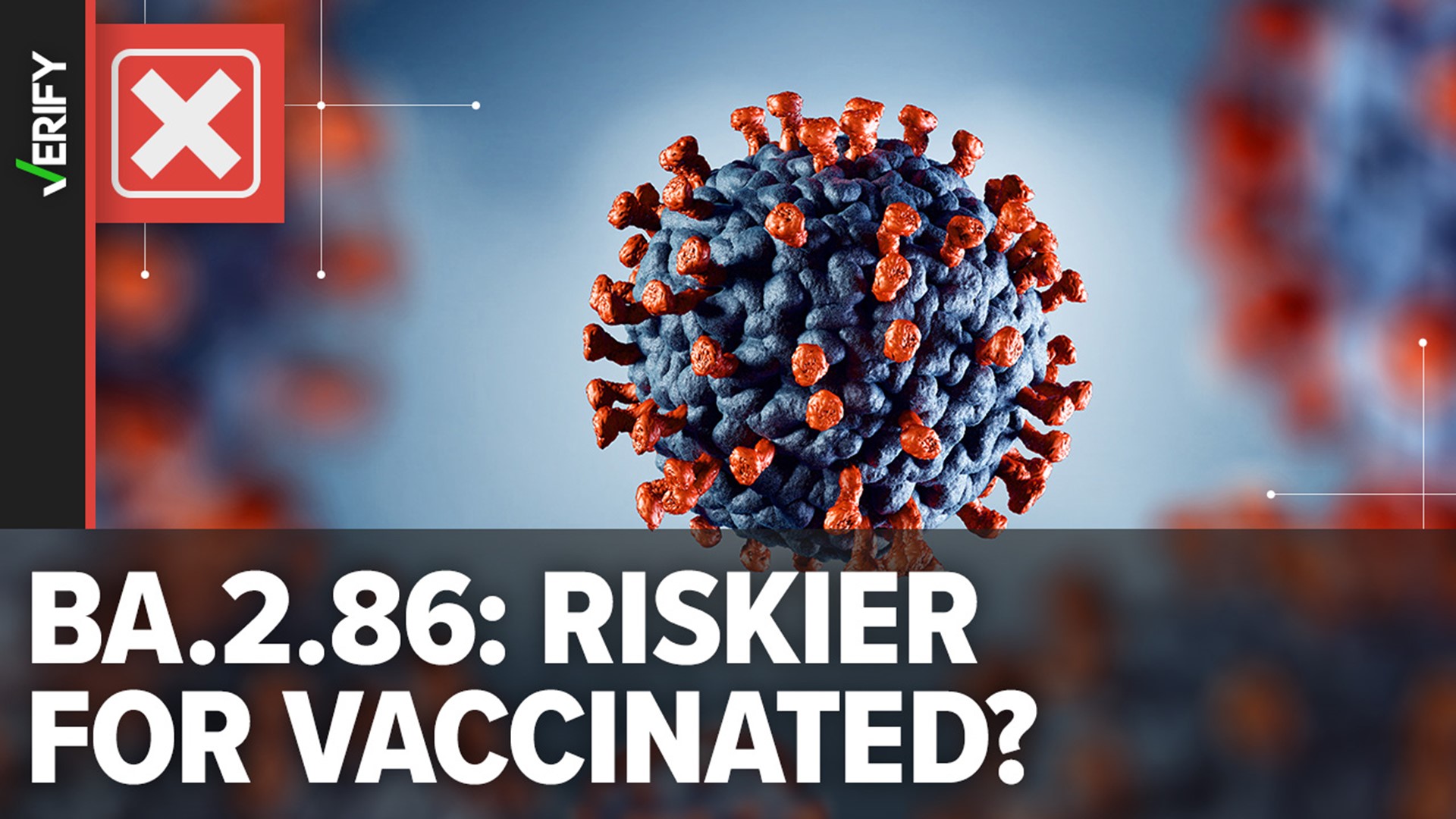MEMPHIS, Tenn. — As the number of confirmed cases of COVID-19 keep climbing in the Mid-South, many people are concerned they too will catch the virus.
But is it allergies or the Coronavirus? That is what some are wondering now that spring is here.
Some allergy symptoms can mimic Coronavirus. So how can you tell the difference?
Memphis always ranks as one of the worst cities in the nation for spring allergies, and this spring COVID 19 has people on edge.
Go outside and look around. It is hard not to miss all the pollen. Trees and flowers are blooming, and all that pollen can cause a big problem for some Mid-Southerners.
"We're an extreme hot spot for allergies,” said Dr. Dale Criner, St. Francis ER Director.
Some people who have allergies may be concerned that their symptoms are COVID-19, and some people who may have COVID-19 may just think they have allergies.
"Certainly, this time of year as we go through this crisis everyone is in - differentiating the symptoms between those two is very important,” said Criner.
Criner says while there are similarities between allergy and COVID-19 symptoms, there are some significant differences. Symptoms of seasonal allergies include runny nose, sneezing, itchy eyes, and a sore throat, which can also be a symptom of COVID-19. But Criner says COVID-19 symptoms often first appear as a fever, body aches, and fatigue.
If you can't tell the difference, Dr. Criner suggests calling your primary care physician or allergist to differentiate the systems.
Dr. Criner says that if you know every time this year when you walk outside you start sneezing and you have done this for years, it’s probably allergies.
On the flipside, Dr. Criner says if you feel ill, seek medical care. He says don't try and wait out a heart attack to avoid going to the hospital because you fear possibly being exposed to the coronavirus.
-----------------------------------------
Coronavirus in Context:
The symptoms of coronavirus are similar to the flu or a bad cold. Symptoms include a fever, cough and shortness of breath, according to the Centers for Disease Control.
Most healthy people will have mild symptoms. A study of more than 72,000 patients by the Centers for Disease Control in China showed 80-percent of the cases there were mild.
But infections can cause pneumonia, severe acute respiratory syndrome, kidney failure and even death, according to the World Health Organization. Older people with underlying health conditions are most at risk.
The CDC believes symptoms may appear anywhere from two to 14 days after being exposed.
Lower your risk
- Wash your hands often with soap and water for at least 20 seconds. If soap and water are not available, use an alcohol-based hand sanitizer.
- Avoid touching your eyes, nose, and mouth with unwashed hands.
- Avoid close contact with people who are sick.
- Clean and disinfect frequently touched objects and surfaces.
- If you are 60 or over and have an underlying health condition such as cardiovascular disease, diabetes or respiratory illnesses like asthma or COPD, the World Health Organization advises you to try to avoid crowds or places where you might interact with people who are sick.




